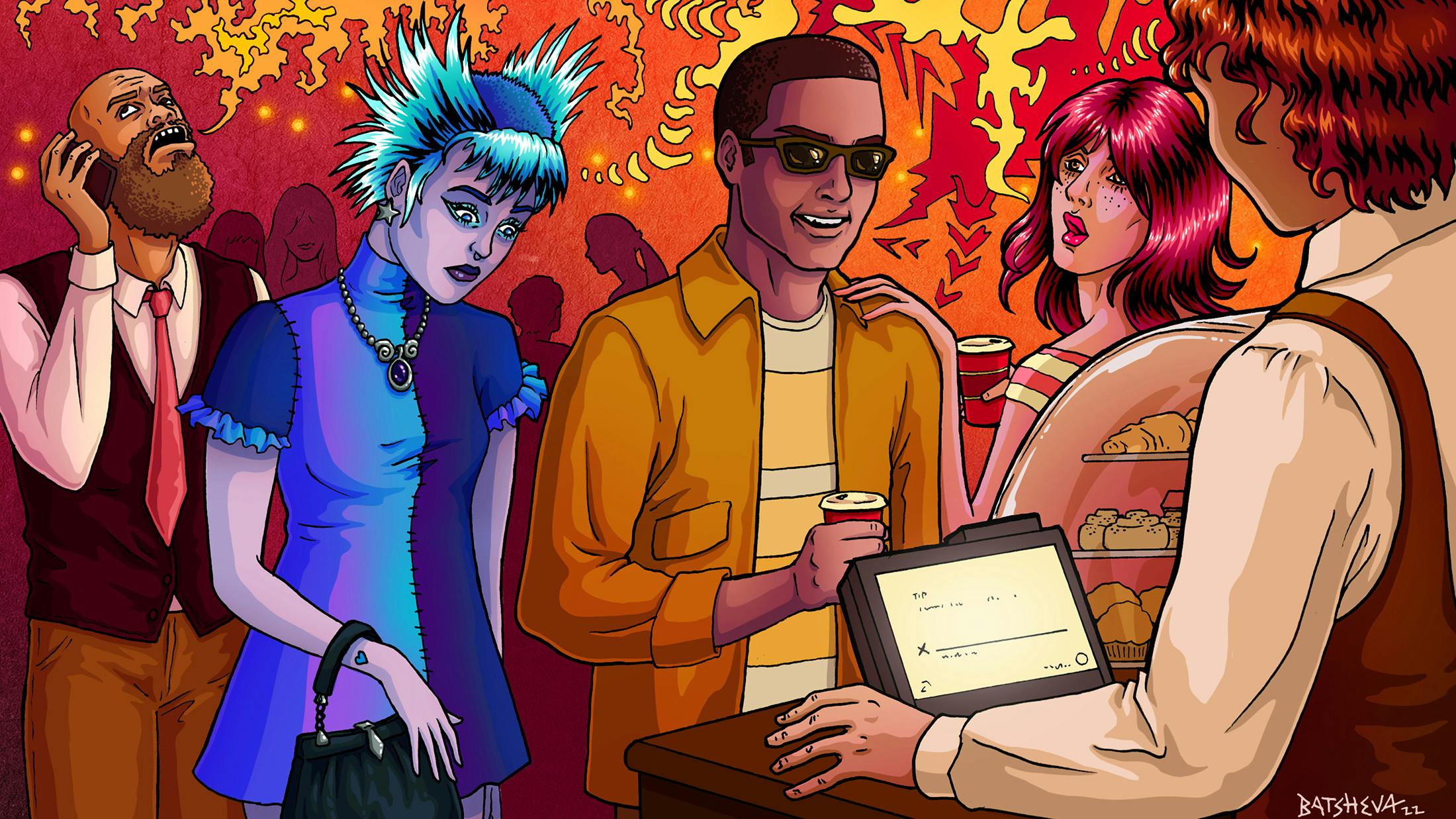For Lucy Webster, a journalist specialising in disability and politics, seeing mental health under the same umbrella of disability could help all parties gain more protection.
“The Equality Act names disability as a protected characteristic, so it's important that mental health is seen as a disability and people are afforded the protection of the law. And practically, many of the reasonable adjustments made for disabled people – flexible working, etc. – help people with mental illness, too.”
The social model breaks down the “mind-body dualism”, as Micha puts it, which is the belief that the mind and body are two separate entities. But the stigma around disability is still driving many to not see themselves as disabled.
“Anyone who grows up within this society has internalised ableism, which can sometimes lead people with mental health problems to really struggle with the idea of being disabled,” she explains.
This is something Lucy also agrees with. “Both are stigmatised, but ultimately I think people don't want to identify as disabled. We're also still stuck in a view of mental health as a medical problem instead of a societal one, which means it gets excluded from a lot of disability activism,” she adds. “Many people see disability as a negative thing; it's still equated with uselessness/vulnerability/being a burden or a failure. Which of course isn't true, but society hasn't really accepted that yet.”
While Micha doesn’t think the social model of disability is perfect, it’s a very useful tool which can help to forge solidarity.
“Using the social model for mental health we can start thinking about the workplace and capitalism... we can also think about the law, which I think a lot of disability activism looks at.”
To move towards a society where we can all live and thrive, we have to unpack how deeply embedded ableism is built into its framework. And we have to question and interrogate the structures that disenfranchise and discriminate against large groups of people. Our bodies and minds aren’t wrong or broken or failing – we just live in a world that is still failing us.
Read this next:
